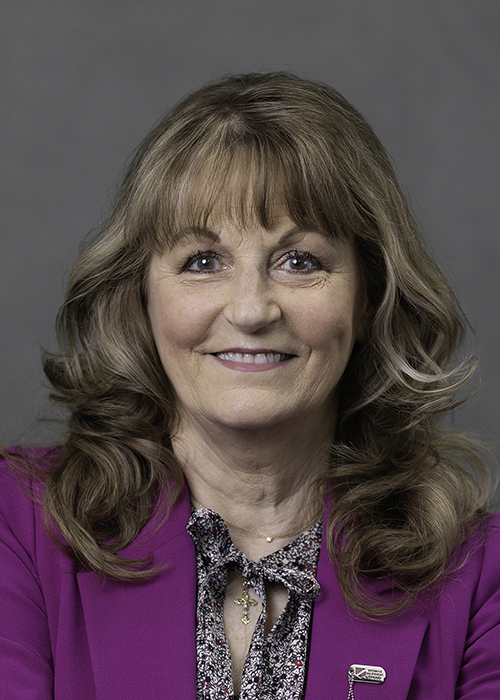Veterans Health Administration (VHA) officials offered details on their new integrated community care model to MOAA in a recent update, outlining plans to make it easier for veterans to get their care at their local medical center.
VHA is making progress in synchronizing direct and purchased care networks behind the scenes, with officials working hard with field medical centers to implement a new model to coordinate veterans’ care.
I have personally experienced improvements in access and coordination of my care inside and outside the VA: In a short span of two weeks, I was able to complete four VA medical appointments, three at my local VA medical facility and one close to home. All four appointments were as seamless as could be and the service was the best I have ever experienced at the VA. This was not the case even a year ago.
Such improvement is not necessarily the case across the entire VA health care system, as MOAA members and veterans have told us. But the VA has taken strides in its work to deliver seamless integrated care to veterans.
[RELATED: MOAA Urges Lawmakers to Pass Key Veterans Health Care Legislation]
Last June, the VA established the Office of Integrated Veterans Care (IVC) — a move to integrate all access-related functions, including financial elements, into one office as a central authority for collaborating with all stakeholders influencing veterans’ access to care.
Some critics have voiced concerns about the move. Some groups argue it will lead to more community care appointments or privatization of VA health care, while others say it further restricts veterans’ choice and access to care closer to home. While MOAA has no position on the move, we are supportive of VA’s efforts to deliver seamless integrated care to veterans, and we are monitoring the rollout out of the new model to ensure the department delivers on its promise.
Implementation Update
The VA’s work continues on the model even though such work may not be evident to veterans or the general public, the new Assistant Under Secretary of Health for the Office of Integrated Care, Dr. Miguel Lapuz, told veterans service organizations (VSOs) in a recent meeting.
“The office is focused on integrating everything related to access,” Lapuz said. And once the new model is in place, Lapuz said, veterans “will see quicker access to care whether in VA or the community, in a more cohesive and coordinated way.”
VA’s top priority is providing veterans timely access to high quality care. The model focuses on making sure veterans get the right care, at the right time, and in the way that works best for them.
VHA began implementing its IVC plan in October. The plan includes a three-phased approach:
- Phase 1 (Completed in January): VHA realigned the financial functions of community care under VHA’s Office of Finance and began the design of the new integrated access and care coordination model.
- Phase 2 (Underway): This phase realigns the policy and operational elements of two former offices, the Office of Community Care and the Office of Veterans Access to Care, into IVC. The IVC office is responsible for the implementation and completion of the integrated access and care coordination model.
- Phase 3 (Beginning in FY 2023): The final phase includes deployment of the model in the field with nationwide staff training. Once fully implemented in the field, VHA will monitor and make enhancements based on veteran and employee feedback.
Officials also provided VSOs with an update to VHA’s access to care website. The department made improvements to the website in July designed to deliver a better user experience.
Congress directed the VA in the Veterans Access, Choice, and Accountability Act of 2014 (Choice Act) to publish average wait times for primary, mental health, and specialty care appointments at all VA medical centers. The department used feedback from veterans, caregivers, VSOs, employees, and Congress to revise the wait time metrics to make website improvements.
MOAA will continue to monitor VHA improvements and provide updates to members via The MOAA Newsletter and at MOAA.org. The VA anticipates implementation of the IVC model will strengthen the veteran experience, build trust, and help ensure veterans are aware of the full range of their health care options, including virtual care.
As a veteran I am excited about the possibilities and improvements to my experience with VA health care. As an advocate for veterans’ care, I can assure you MOAA will do all we can to ensure the VA has the resources and tools it needs to deliver on these goals.
More Members Mean More Influence Over Our Health Care
Get involved and make sure your interests are addressed. Because the larger our voice is, the greater our impact will be.

